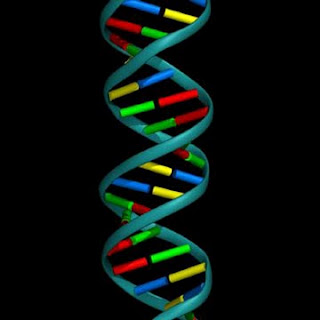
The Society for Accessible Travel & Hospitality (SATH), founded in 1976, is an educational nonprofit membership organization whose mission is to raise awareness of the needs of all travelers with disabilities, remove physical and attitudinal barriers to free access and expand travel opportunities in the United States and abroad. Members include travel professionals, consumers with disabilities and other individuals and corporations who support our mission.
WHAT'S NEW?
Visit our Sponsors & Partners page to find out more about those companies and organizations who are concerned with making travel more accessible for all.
Check out out News & Updates for exciting news about the WCD EXPO! http://www.wcdexpo.com/
UPDATE: Please check the News & Updates section for the complete Updated White House Advisement for People With Disabilities regarding airline travel.
Get the newest information about Passport requirements...Go to News & Updates
LOG ON TO TRANSPORTATION SECURITY ADMINISTRATION SITE from NEED TO KNOW FACTS page! In order to assist persons with disabilities or medical concerns, TSA has developed guidelines with input from various groups.
Check out US Department of State website on our NEED TO KNOW FACTS page for all information on travel to and from US!
Check out News and Updates for "Five Times That You Need a Travel Agent" from SmarterLiving!
The Travel Institute's "Accessible Travel" Lifestyle Specialist course is now available. Visit www.thetravelinstitute.com for more information and to sign up to become a Lifestyle Specialist.
For more information, please click on the title above




















